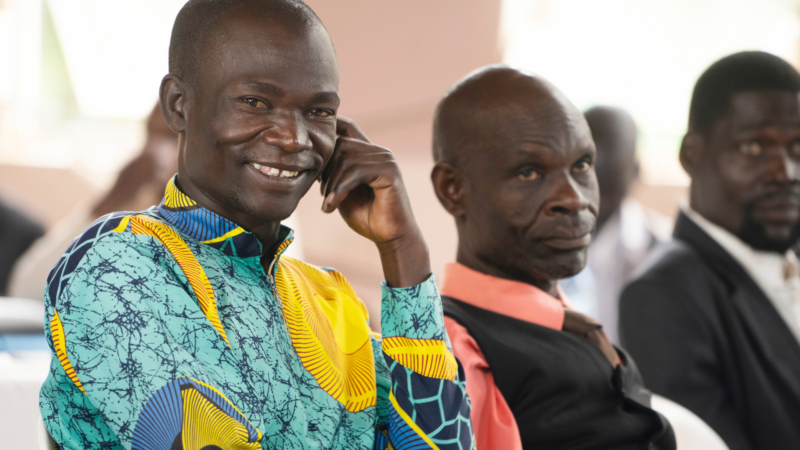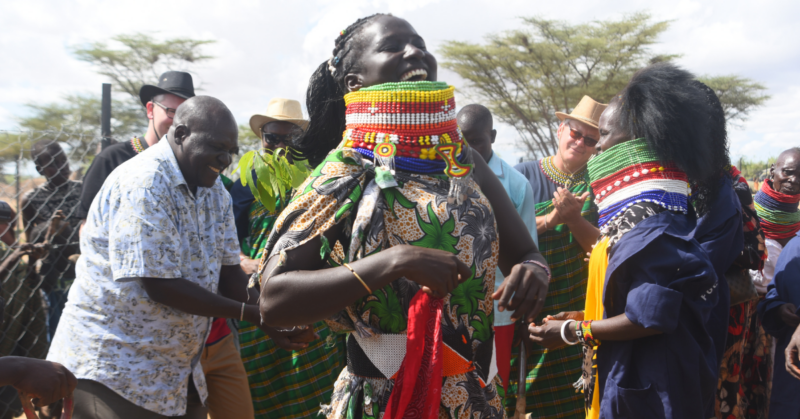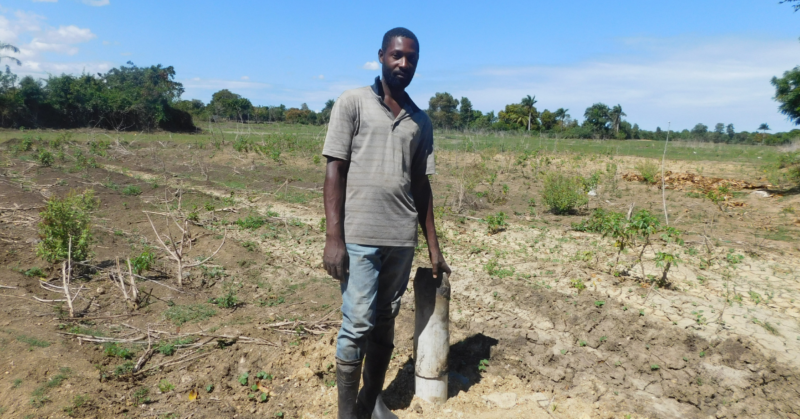Listen to the stories of some of the 700 million people living in extreme poverty.
*Guest blog post reprinted from GatesNotes
It’s the lack of shoes that I remember most.
It was 1993. Melinda and I were traveling through Kenya, Tanzania, and Zaire (now the Democratic Republic of the Congo). During our visit, we were struck again and again by seeing people walking along the side of the road. Nearly all of them were barefoot.
This was the first time either one of us had seen extreme poverty up close. While I was aware of the vast inequalities in the world, I had never come face to face with people living on the bottom rungs of the income ladder—people so poor they didn’t have shoes.
Of course, they lacked much more than that: health care, education, better seeds and tools to grow more food, and, above all, opportunity. Seeing this with our own eyes was life changing. We asked ourselves why the world had to be like this and what we could do to help. Our search for answers altered the course of our lives and led us to start our foundation.
In the years since we took that trip, the world has made huge progress in the fight against poverty. More than one billion people have lifted themselves out of extreme poverty, driven by improvements in health, agriculture, and education. Still, the number of people living on less than $2 a day—$1.90 is the World Bank’s international poverty line—is over 700 million. And much more work needs to be done to keep up this progress, so everyone, no matter where they live, will have the opportunity to lead healthy, productive lives.
What’s life like on less than $2 a day? While I can quote many statistics about trends in poverty, it’s difficult for most of us—especially those living in the wealthiest countries—to answer that question. It’s hard to appreciate the uncertainties of life with so little income or imagine the day to day hardships.
That’s why I’d like to invite you to listen to the voices of some of the world’s poorest people answer that question for themselves. Here are six short videos about living on less than $2 day, as told by a Rwandan fisherman; an Ethiopian farmer; a rickshaw puller in Kolkata, India; a Kenyan grandmother; a food hawker in Nigeria; and a day laborer in Rajasthan, India.
Walk for a moment in their shoes, or in some cases, imagine life without shoes at all.
I hope you will be touched by their stories, their challenges, and their dreams for better lives. I also hope that you’ll ask yourself what you can do to help the millions of people like them.
1. The Street Hawker
2. The Fisherman
Mobile device users: To view the virtual reality film below, click here to open YouTube.
3. The Rickshaw Puller

For the last 15 years, Lal Mohammed has worked as a rickshaw puller in Kolkata, India. In rubber sandals and shorts, he ferries passengers and packages through the city streets, earning less than $2 a day. He supports his wife and three children with his small income. But he and his wife have big dreams for their children, hoping that they will grow up and get an education and a higher paying job than he has.
4. The Farmer

Awoke Mose is a smallholder farmer in Work Amba, Ethiopia who grows teff, wheat, chickpeas and maize. He, his wife, five children, and his mother all live on the same one-hectare plot. He saves whatever money he can for his children’s education. His oldest daughter recently graduated from college.
5. The Day Laborer

6. The Grandmother

Petronilla Malesi is a grandmother living in Kibera, one of the poorest slums in Nairobi, Kenya. After her eldest daughter passed away, Petronilla became the sole provider for her four grandchildren. She also supports two of her daughters. She earns money by selling ice pops in the street and taking odd jobs when she can find them.



